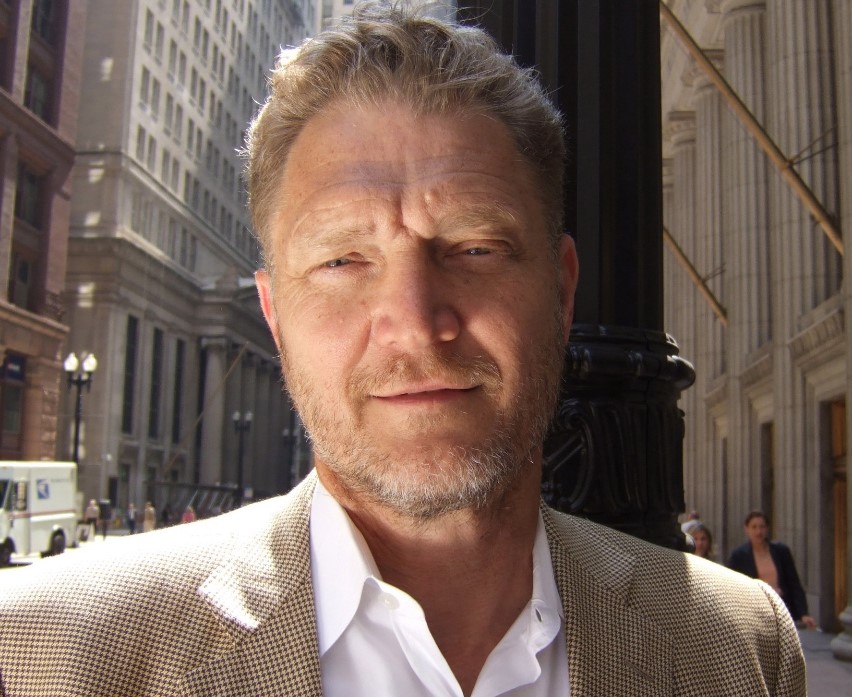Norquist Says City Not ‘Most Racist’
Milwaukee is very diverse, Wisconsin’s least racist city, he tells Washington DC radio station.

John Norquist
The program is called “Colors: A Dialogue on Race in America”, and it’s a weekly podcast produced for the WTOP radio station in Washington, D.C. The topic for the show was “Is Milwaukee Really America’s Most Racist City?” and the guest on the show answering this question was former Milwaukee Mayor John Norquist, who served in that position from 1988 to 2004.
Radio veterans JJ Green, who is Black, and Chris Core, who is white, are hosts of the show, which was launched after the killing of George Floyd, and seeks to “engage in raw, real, honest and, sometimes, uncomfortable conversations about race,” as its website notes. For this show the hosts noted a 2019 column for CNN by W. Kamau Bell who wrote that “Milwaukee regularly comes up No. 1 on lists of America’s most segregated cities…The setting of the TV show ‘Happy Days’ and the home of the American institution of Harley Davidson is also home to a lot of structural and institutional racism.”
So are these rankings and Bell’s take on Milwaukee correct? Norquist was asked.
No, he said, “I reject that.”
Norqust noted the idea that Milwaukee was most segregated was based on the dissimilarity index, something created in the 1950s by sociologists. “The idea behind the dissimilarity index is that Black people shouldn’t congregate in large groups anywhere, that they should be evenly dispersed so they didn’t harm property values. It was a fear based thing. So all the cities that have lots of black people are the ones that are labeled the most racist cities. So Memphis, Milwaukee, Detroit, St Louis, anywhere Black people congregate gets stuck with the label.”
By contrast, he noted, the suburb of Brookfield was rated by the dissimilarity index in 2000 as the least segregated city in the state, “almsot perfect,” though only one percent of its population was Black because it was so evenly distributed.
Norquist noted that “over 60 percent of the Black population in the state” and “about a third of the Hispanic population in the state” live in Milwaukee and that a recent ranking found Milwaukee was the 6th most diverse city in America, based on the diverse mix of races to be found in the city alone, which Urban Milwaukee has previously reported.
“It’s disgusting,” he said, to rate the cities that are the most diverse as the most segregated. “I don’t think they intend to be racist,” he said of the academics who created the dissimilarity index, “but I think it’s one of the most racist constructions outside of the Klu Klux Klan.”
When pressed by the hosts to talk about what racial relations were like in Milwaukee when he was mayor, Norquist said “the city probably has the most positive interactions between the two races of anywhere in Wisconsin. Milwaukee is the least racist city in the state.”
“Sure, there’s racism, but if you just focus on that it has a stigmatizing effect on the city and any city that has a large Black population. Look at the value that African Americans contribute to the economy, to the culture, to all the aspects of human life.”
Has the city gotten better or worse since he was mayor in terms of racial relations, he was asked. Norquist, who has lived in Chicago since stepping down as mayor, and has vowed never to publicly criticize his successor, trod carefully.
“It probably is improved,” he said, “because it has become more diverse.”
But the biggest blow, he said, was the loss of the residency requirement for police and all city employees. That was a negotiated part of the contract, he noted, and the Legislature gave the union freedom from it “for free,” which will “cost taxpayers.”
Since the law was passed he noted, there has been a rush of Milwaukee leaving the city. “It was like the Oklahoma land rush.”
The residency law, he contended, made it easier for the city to hire minority officers. And ending it, he said, leads to police thinking “they are more like an occupying army” and “don’t have anything in common with the city.”






















I think the reframing that Norquist does in this article is really important.
I agree with John Norquist. Most of Milwaukee’s suburbs are surely more racist than the city, as they continue to oppose any form of low income housing in their areas, and in the past have been adamant about not allowing any light rail to reach their communities. I think one could make the case that the Milwaukee Metro area is one of the most racist in the country, but not the city.
Very few people foresaw how damaging the takeover of the state government by the Tea Party was going to be to Wisconsin and in particular Milwaukee. Their giving the OK to city employees to live outside of Milwaukee has been as consequential as redlining.